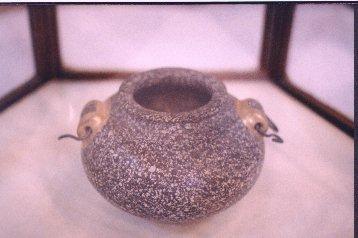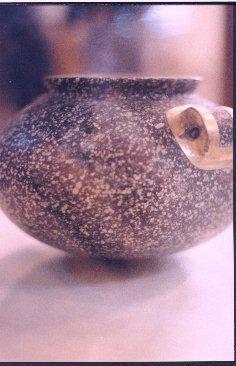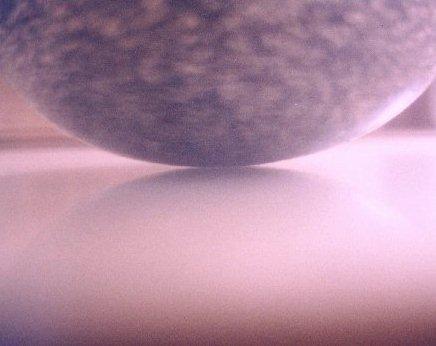Here's a great artistic example, a perfectly balanced granite bowl...
At least one piece is so flawlessly turned that the entire bowl (about 9" in diameter, fully hollowed out including an undercut of the 3in opening in the top) balances perfectly (the top rests horizontally when the bowl is placed on a glass shelf) on a round tipped bottom no bigger than the size and shape of the tip of a hen's egg ! 


This requires that the entire bowl have a symmetrical wall thickness without any substantial error! (With a base area so tiny - less than .15 " sq - any asymmetry in a material as dense as granite would produce a lean in the balance of the finished piece.) This kind of skill will raise the eyebrows of any machinist. To produce such a piece in clay would be very impressive. In granite it is incredible. [source AEST]
EDITORIAL COMMENT: these amazingly engineered art pieces and drilling/sawing tools don't even have to have been made by the Very Early Egyptian Empire. Maybe they were IMPORTS from some other location contemporaneous with or before such a time... ancient wares traded via international waters from a technologically advanced people; heirlooms of a Race of Humans who longer exist?
That no trace of the tools used for these artistic/architectural purposes has been found is odd, to say the least. Maybe the craftsmen were freelancers who were drafted into Egypt to do the work, then took their tools away with them? An artisan's tools being forged from sacred magick, etc.

